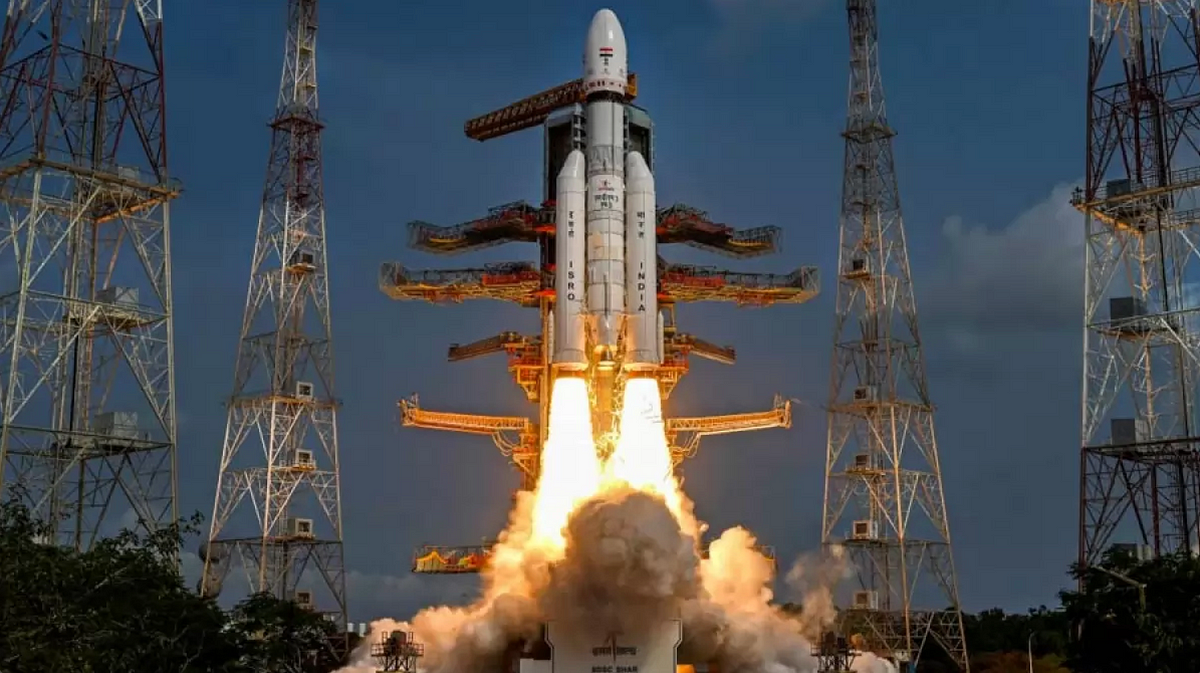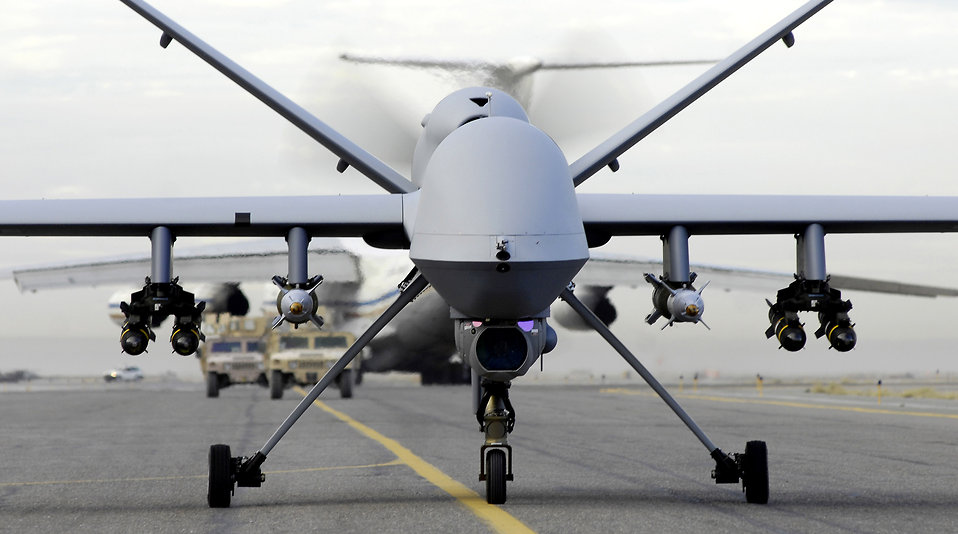Chandrayaan-3 represented subsequent mission following the Chandrayaan-1 and Chandrayaan-2 endeavors for lunar exploration. It was launched on July 14th 2023, mere four years after Chandrayaan-2’s unsuccessful attempt to achieve a soft landing in the moon’s south polar region. In an info...
Unmanned Aerial Vehicles (UAVs) are aircrafts that operate without a human pilot onboard. They are controlled remotely or fly autonomously following pre-programmed flight plans. The Unmanned Aerial Vehicle (UAV) market has seen rapid growth in recent years due to advancements in technology and incre...
Professional organizations across the world promoting systems engineering Design and development of large-scale systems, such as defense systems and space missions, led to the creation of systems engineering. The discipline aims to ensure that all aspects of a system, including its technical, econom...




